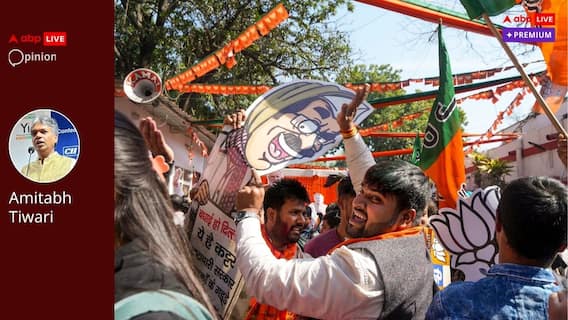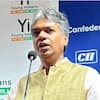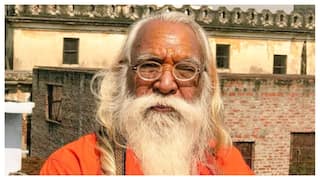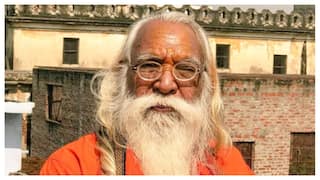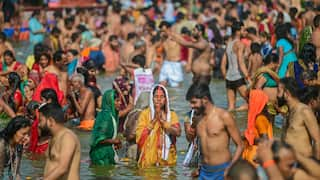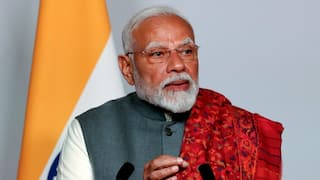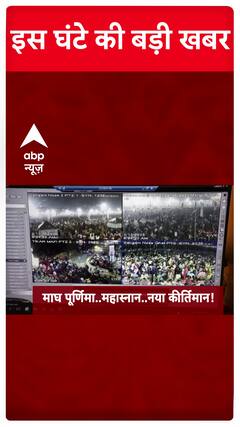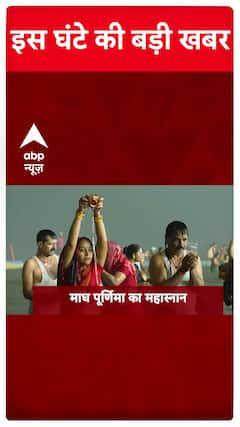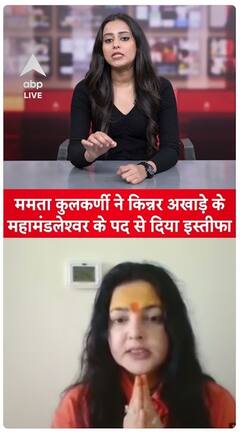Explorer
Aung San Suu Kyi spent early years at 24 Akbar Road

During her India visit, if Myanmar Foreign Minister Aung San Suu Kyi passes through New Delhi's Akbar Road, it will rekindle many memories.
For two years beginning 1961, the Congress party's headquarters in New Delhi played host to Aung San Suu Kyi, Nobel laureate and leader of the non-violent movement for human rights and democracy in Myanmar (the erstwhile Burma), who is currently on a state visit to India. She will call on President Pranab Mukherjee, Prime Minister Narendra Modi and External Affairs Minister Sushma Swaraj.
Suu Kyi was barely 15 when she arrived at 24 Akbar Road with her mother, Daw Khin Kyi, Aung San's widow, who was appointed Myanmar's Ambassador to India.
24 Akbar Road was named Burma House by Jawaharlal Nehru in recognition of Daw Khin Kyi's special status. The house built by Sir Edwin Lutyens between 1911 and 1925 was regarded as a singularly fine example of British colonial architecture and a masterpiece of early Modernism.
Suu was a young girl with thick, long plaits of hair when she chose for her own the room that is currently occupied by Rahul Gandhi in his capacity as general secretary of the All India Congress Committee. Suu picked the room because it had a huge piano.
Every evening, a teacher would come to give her piano lessons. She quickly developed a penchant for the nuanced subtleties of Western classical music. Years later, while under house arrest in a dilapidated lakeside habitation on University Avenue in Rangoon, Suu's fondness for the piano provided her much relief and she often played for long hours to relieve the depression of her confinement.
Suu loved 24 Akbar Road, which she found imposing on the outside and wondrously cool inside with its large, elegant rooms. Biographer Justin Wintle observes that it was at 24 Akbar Road that Suu experienced luxury for the first time in her life, "even if her mother did her best to replicate the frugality that had characterised their life in Rangoon".
At 24 Akbar Road, Suu learnt to make Japanese flower arrangements and she played with Sanjay and Rajiv Gandhi in the extensive and 'magnificent' garden. Both Sanjay and Rajiv were her contemporaries, one born a year before her and the other a year later. She was often seen in their company at Rashtrapati Bhawan, where they took riding lessons from the presidential bodyguards.
While it is not clear if Suu took any great shine to Indira Gandhi, the young girl began schooling at the Convent of Jesus and Mary School, a distinguished Catholic establishment close to the Cathedral of St Joseph at Gol Dak Khana.
Suu completed her secondary education and then enrolled at Lady Shri Ram College to study political science. In 1962, the now famous Delhi college was still in its infancy -- just six years old. It was located in Daryaganj at the time and boasted of 300 students. Its founder, Lala Shri Ram, was a leading industrialist, philanthropist and a friend of Nehru.
Suu was grounded in the complexities of political thought via classroom teaching. She learnt to recognise the vital living qualities of modern democracy -- a system characterised by its 'multi-voicedness'. Her time in India contributed greatly to crafting Suu Kyi into the politicised entity she is today.
At LSR, Suu was introduced to a formal and pedagogic way of politics and the philosophy of Mahatma Gandhi, whose advocacy of non-violence and passive resistance based on civil disobedience and satyagraha provided a model for opposing authoritarian regimes and became embedded in Suu's mindset.
Years later, she was heard assimilating what she had learnt while living at 24 Akbar Road and studying at LSR, "It is not power that corrupts, but fear. Fear of losing power corrupts those who wield it and fear of the scourge of power corrupts those who are subject to it."
The Congress party moved into 24, Akbar Road in January 1978. At one level, 24 Akbar Road 'reunited' the Nehru-Gandhi links to the Mughals, even if only through a road named after the greatest Mughal emperor. The Nehrus were initially Kauls of Kashmir, who were invited to Delhi in 1716 by the Mughal king, Farrukh Siyar, who had a sense of scholarship and was known to house poets and men of letters in his grand durbar.
Follow Blog News on ABP Live for more latest stories and trending topics. Watch breaking news and top headlines online on ABP News LIVE TV
View More
Advertisement
Advertisement
Advertisement
Advertisement
Trending News









